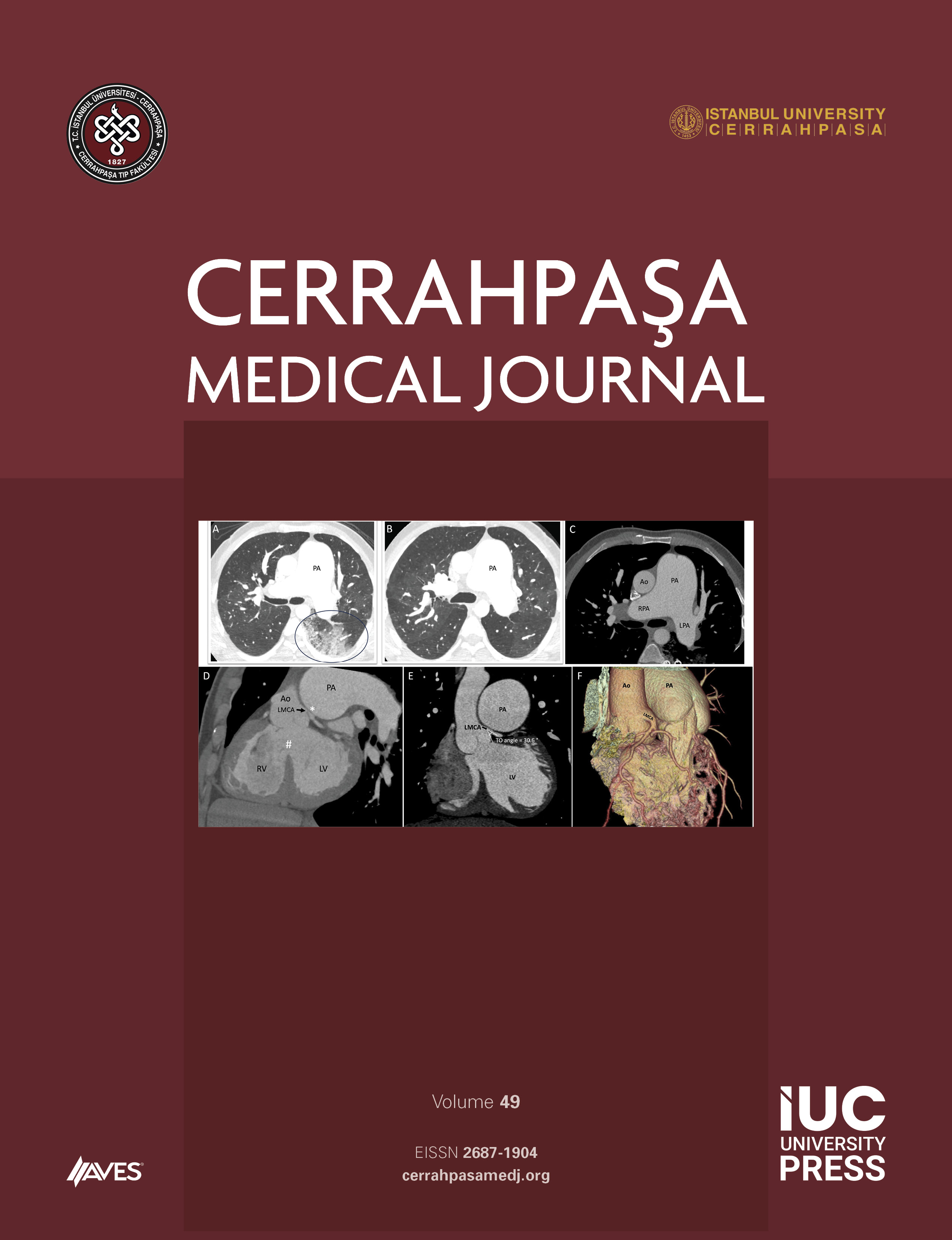Acoustic rhinometry (AR) is a new method to evaluate nasal functions in our country. Acoustic rhinometry can be used for scientific study and also practice. AR measurements have been used for scientific and clinical purposes. The method has been used to detect normal anatomy, nasal cycle, drug actions in the nasal cavity, changes in some disorders such as nasal polyposis or septal deviations and the effects of surgical treatment. Briefly, the method involves measurements of cross sectional area and acoustic reflections from the nasal cavity of a sound pulse and produced by a spark in a sound tube connected to the nasal cavity via a nosepiece. Acustic rhinometry is a clinically reliable method for measuring nasal cavity geometry in the anterior and middle parts of the nasal cavity. The acoustic values for the cross-sectional area shows the effects of transmission loss and oscillation artifacts because of soft plate movement and paranasal sinus. Therefore the accuracy of acustic rhinometry for posterior of nasal cavity is controversial. Finally, acoustic rhinometry can be used to detect the patients with septal deviation and concha hypertrophy. However, it should be supported with clinical examination and patients’ symptoms. And also we can get some problems to evaluate the groups by Acustic rhinometry due to difference weight and height in the groups.



